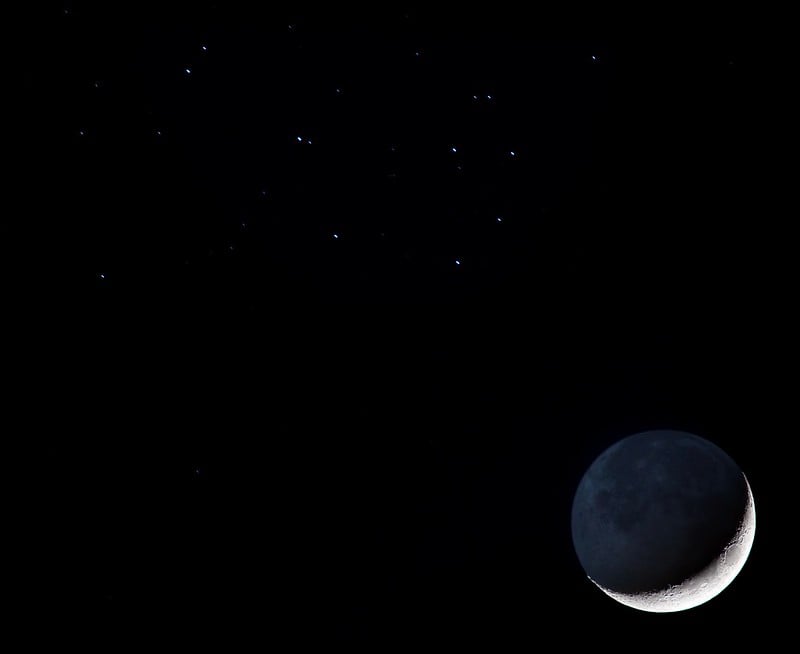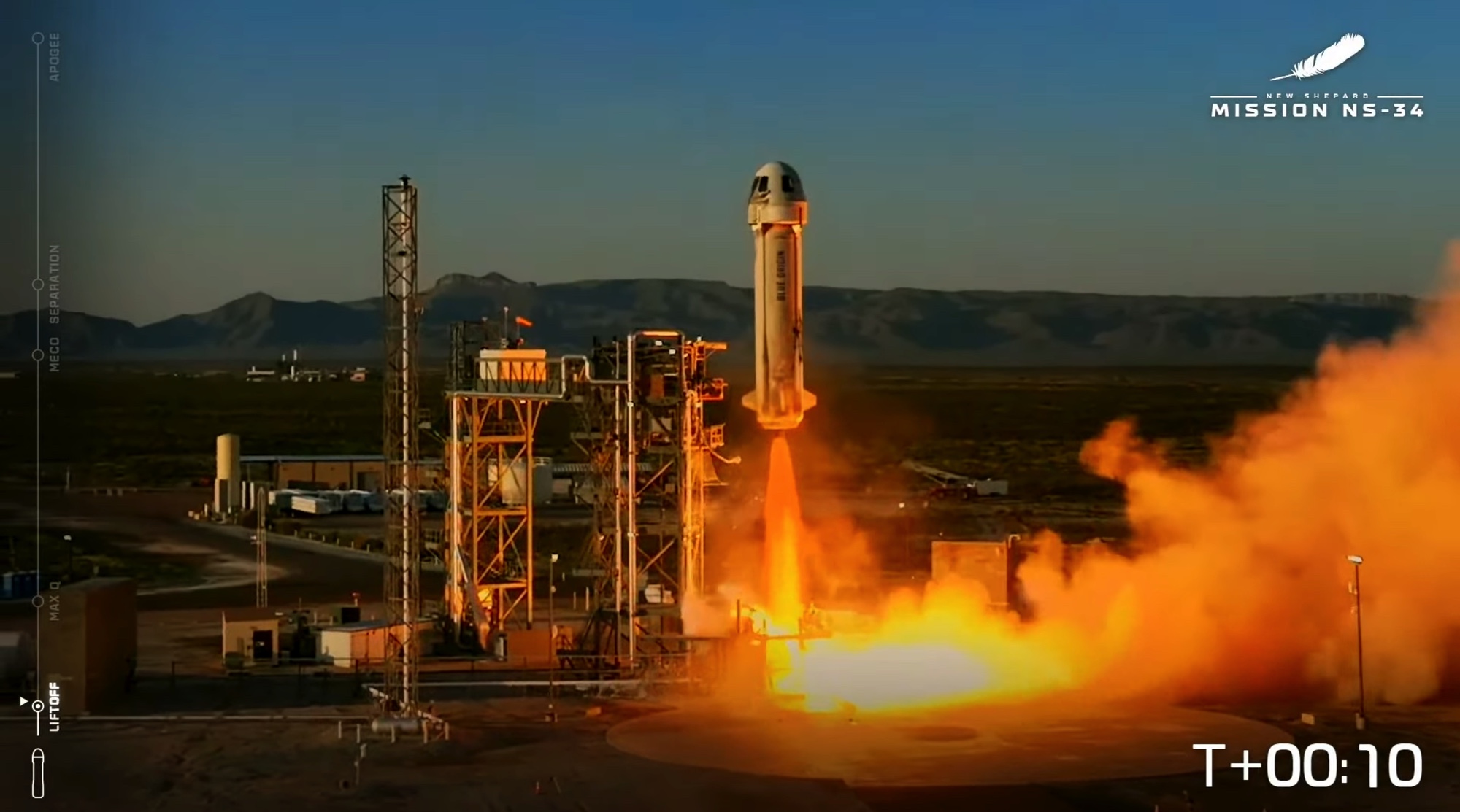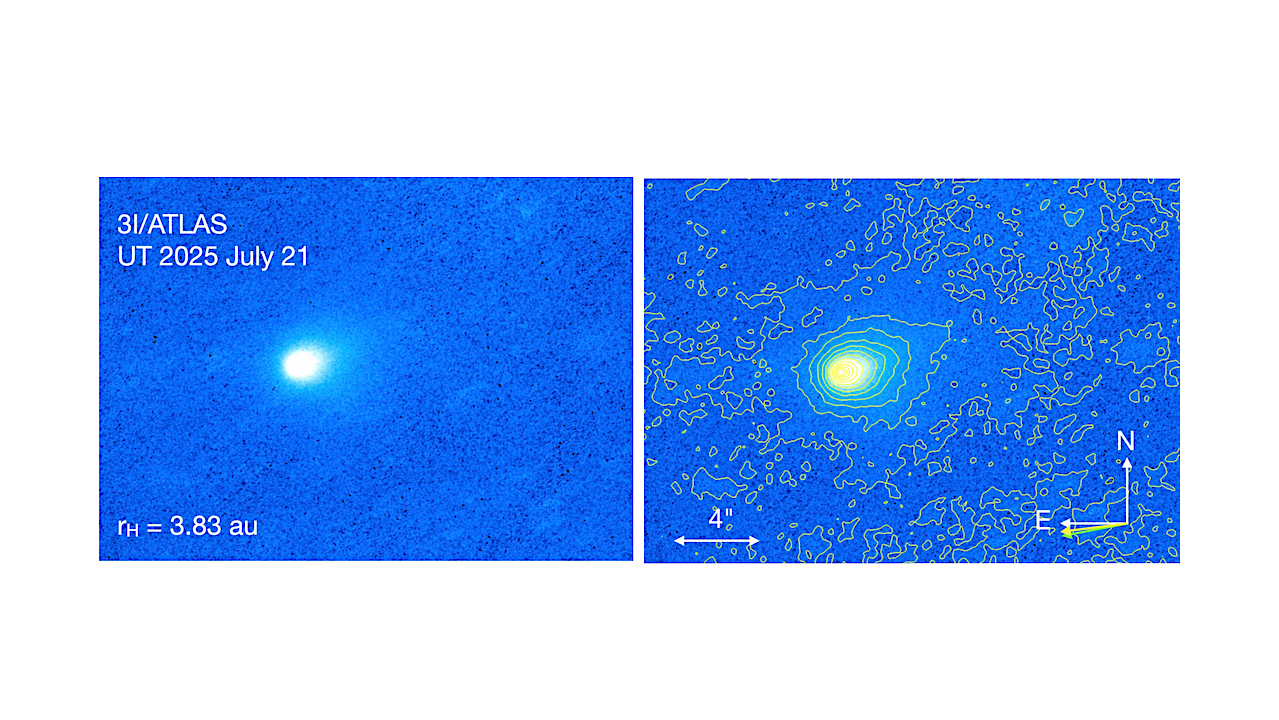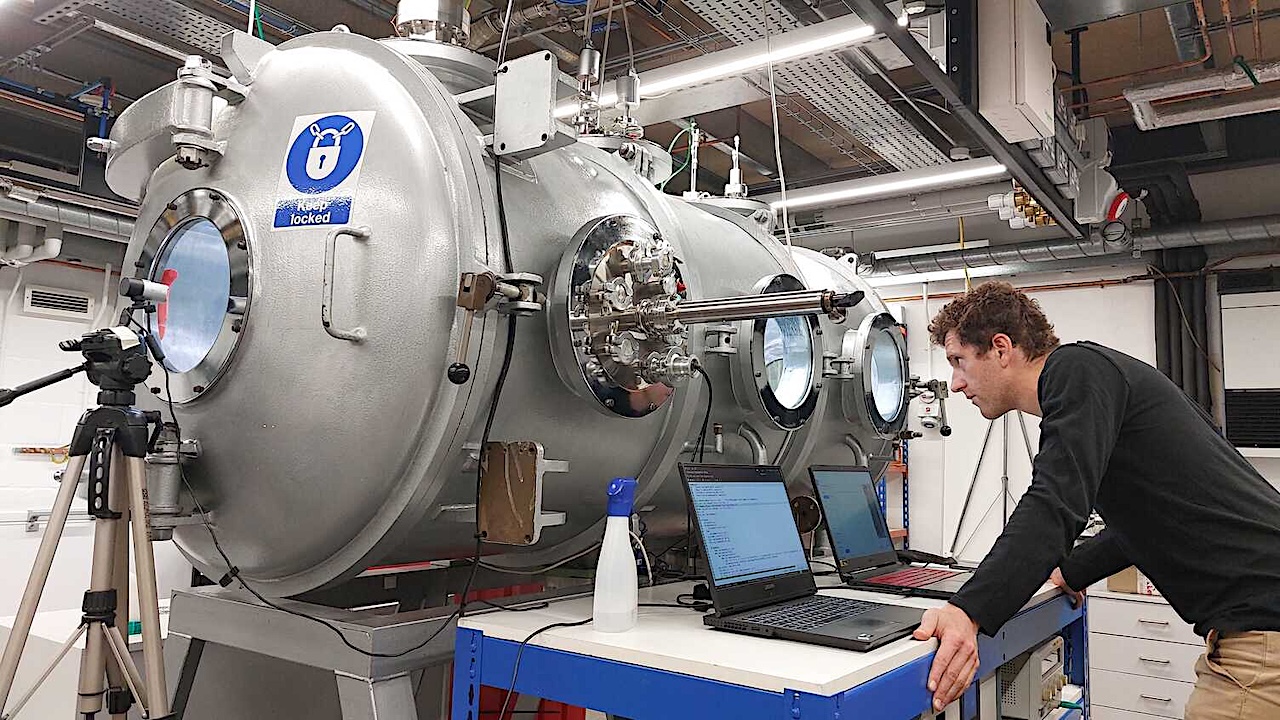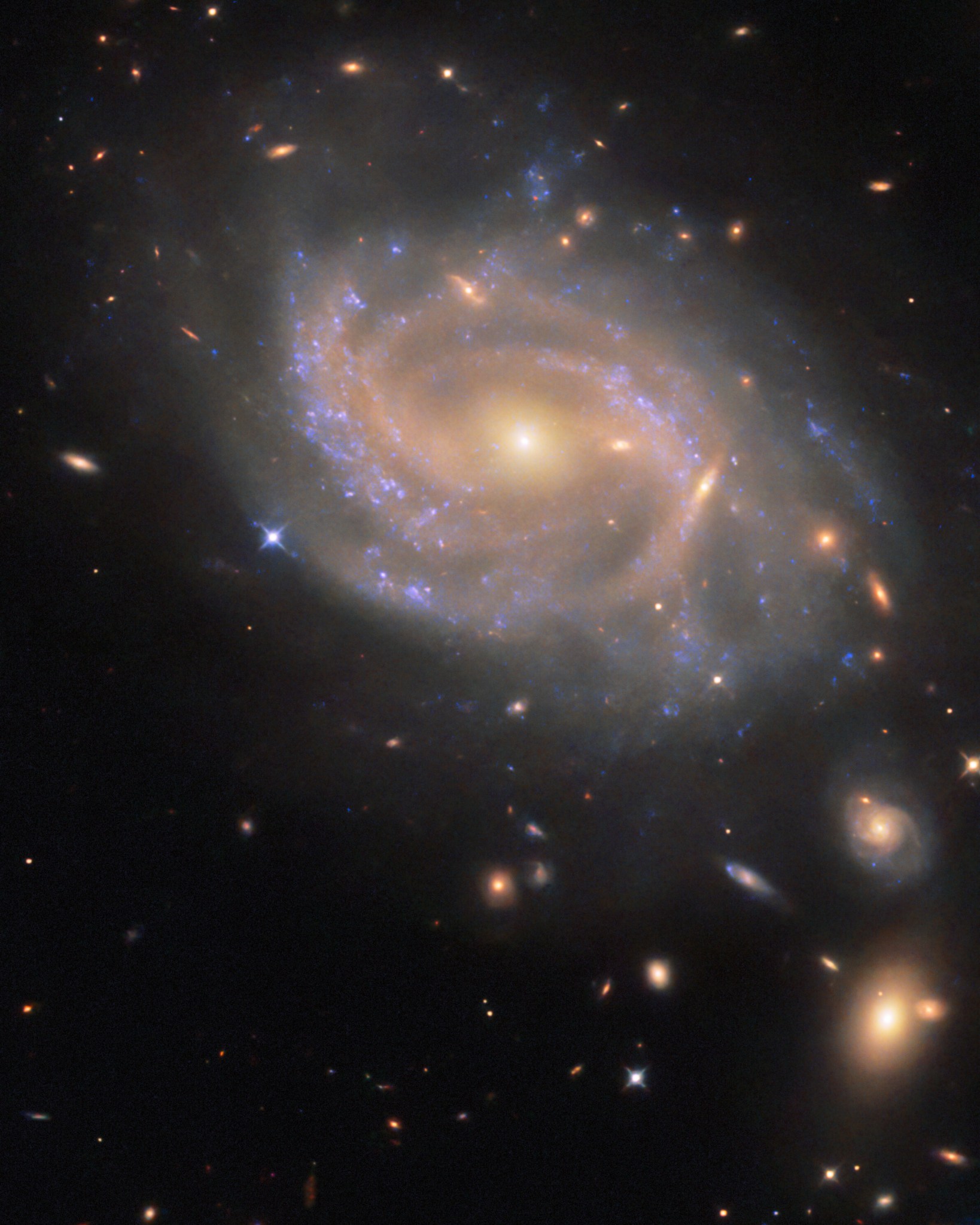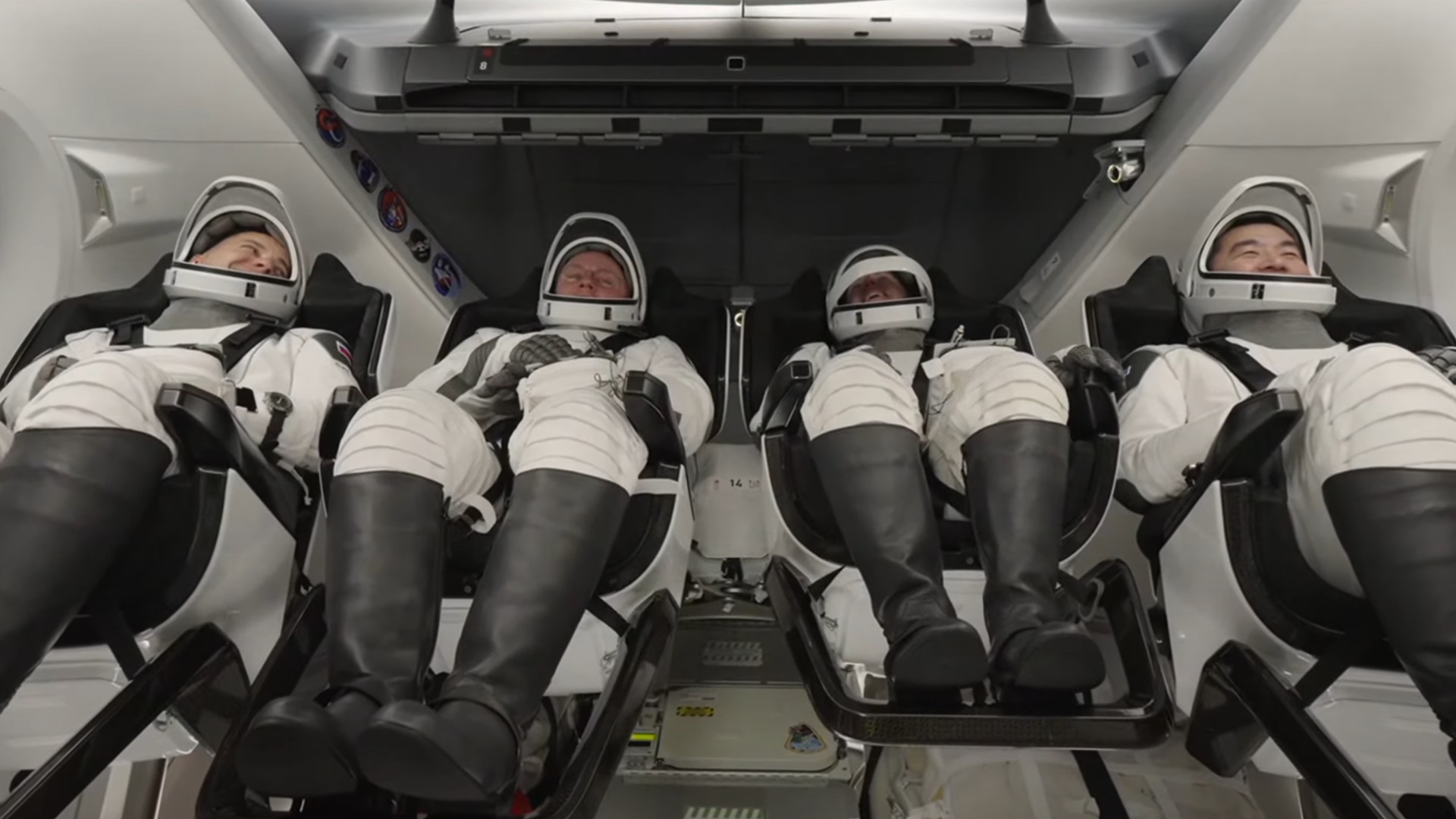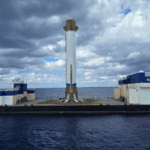Peacock TV is currently offering one of the best streaming deals we’ve ever seen. Aimed at students and young adults, the Peacock TV Young Adult Discount is offering anyone between
Hot Posts434- Page
On July 11, 2022, the James Webb Space Telescope finished its commissioning and commenced science operations. In the three years since, the powerful infrared space telescope has delivered on its
There’s a good reason for sky watchers to set their alarms this coming Sunday morning. If skies are clear, viewers across most of North America will have a rare chance
WASHINGTON — Blue Origin conducted its third crewed New Shepard flight in just over two months Aug. 3, sending six people to space that included the winner of the auction
(LEFT) Combined 130 s F350LP image of 3I/ATLAS showing diffuse asymmetric emission to the north west. (RIGHT) Same image contoured, with scale bar and direction arrows shown. The yellow and
ℓ1 periodogram for the stars HD 10700 (left), HD 102365 (centre), and HD 304636 (right). The ten strongest peaks periods are identified in the image; the associated FAP is listed
Marvel Studios’ “The Fantastic Four: First Steps” is basking in the golden light of enthusiastic anticipation ahead of its July 25, 2025 release date. With Galactus positioned as the sci-fi
The Large Dirty Mars Chamber, housed at the Open University. Credit: Petr Brož Scientists have been able to recreate the extreme conditions found on icy moons in deep space –
The NASA/ESA Hubble Space Telescope image features the spiral galaxy NGC 3285B, a member of the Hydra I cluster of galaxies. ESA/Hubble & NASA, R. J. Foley (UC Santa Cruz)
SpaceX’s Crew-11 astronaut mission will arrive at the International Space Station (ISS) early Saturday morning (Aug. 2), and you can watch the action live. Crew-11’s Crew Dragon capsule, named Endeavour,
-
 012024 in Review: Highlights from NASA in Silicon Valley
012024 in Review: Highlights from NASA in Silicon Valley -
 02Panasonic Leica Summilux DG 15mm f/1.7 ASPH review
02Panasonic Leica Summilux DG 15mm f/1.7 ASPH review -
 03How New NASA, India Earth Satellite NISAR Will See Earth
03How New NASA, India Earth Satellite NISAR Will See Earth -
 04And Thus Begins A New Year For Life On Earth
04And Thus Begins A New Year For Life On Earth -
 05Astronomy Activation Ambassadors: A New Era
05Astronomy Activation Ambassadors: A New Era -
06SpaceX launch surge helps set new global launch record in 2024
-
 07Space Force plans new ‘Futures Command’ amid pressure to speed up modernization
07Space Force plans new ‘Futures Command’ amid pressure to speed up modernization



